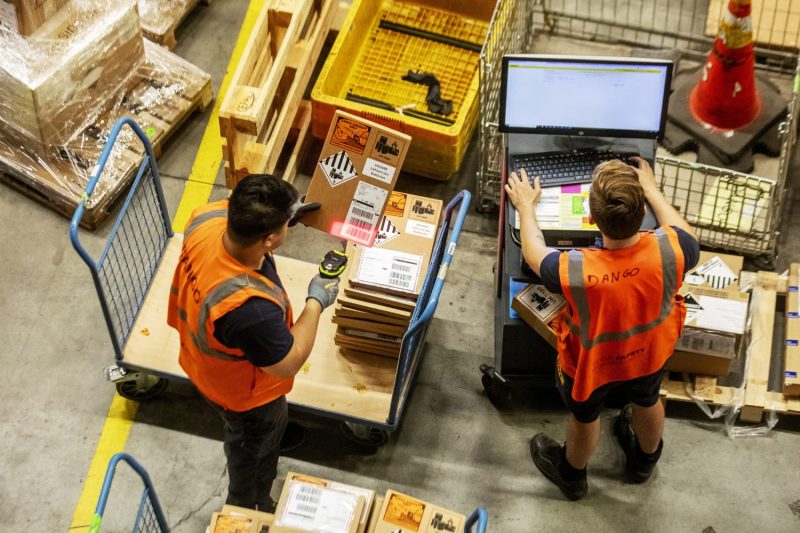In the fast-paced world of global commerce, every link in the supply chain plays a crucial role in ensuring the smooth flow of goods and services across borders. However, this intricate web of interconnected systems is not impervious to disruption. A single failure at any point in the chain can have far-reaching consequences, leading to delays, losses, and chaos in the entire network.
One of the key factors that make the global commerce network so fragile is its reliance on just-in-time inventory management. This strategy aims to minimize inventory holding costs by synchronizing production with demand. While this approach offers significant cost savings and efficiency benefits, it also leaves little room for error. Any disruption in the supply chain can quickly ripple through the network, causing shortages, stockouts, and delays.
Another vulnerability lies in the increasing complexity and interconnectedness of the global economy. As companies expand their operations across multiple countries and continents, they become more exposed to geopolitical risks, natural disasters, and other external shocks. A single event, such as a political upheaval, a trade war, or a cyberattack, can disrupt the flow of goods and services on a global scale.
The COVID-19 pandemic vividly illustrated the fragility of the global commerce network. Lockdowns, travel restrictions, and supply chain disruptions brought many businesses to a standstill, highlighting the interconnected nature of the modern economy. Companies that relied heavily on overseas suppliers found themselves facing shortages and production delays, underscoring the need for greater resilience and contingency planning.
In response to these challenges, many companies are reevaluating their supply chain strategies and diversifying their supplier base to reduce risks. They are also investing in technologies such as artificial intelligence, blockchain, and data analytics to improve visibility and transparency across the supply chain. By leveraging real-time data and predictive analytics, companies can better anticipate and mitigate potential disruptions before they escalate.
Nevertheless, the fragility of the global commerce network remains a pressing concern for businesses and policymakers alike. As the world becomes more interconnected and interdependent, the risk of cascading failures and systemic shocks continues to loom large. Addressing these vulnerabilities will require a coordinated effort among governments, businesses, and international organizations to enhance resilience, build redundancy, and foster greater collaboration in the global commerce network.
In conclusion, the fragile web of global commerce is susceptible to disruptions from a wide range of sources, including natural disasters, geopolitical risks, and pandemics. A single failure at any point in the supply chain can have cascading effects, leading to delays, losses, and chaos across the network. To mitigate these risks, companies need to adopt a proactive approach to supply chain management, invest in technology and data analytics, and build greater resilience and redundancy into their operations. Only by working together and strengthening the foundations of the global commerce network can businesses navigate the uncertainties of an increasingly interconnected world.
